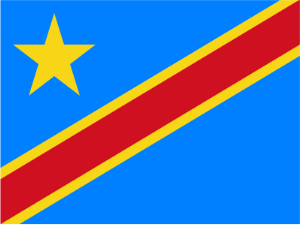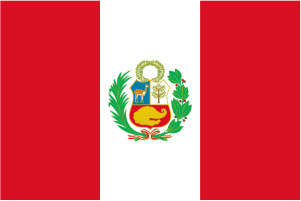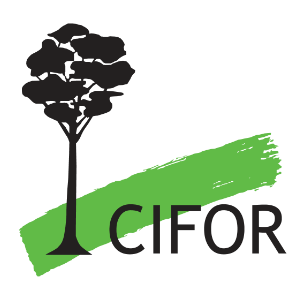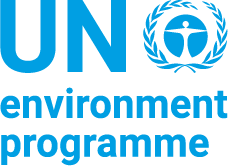
Understanding the movement of water through peat is essential for effective conservation and management strategies for peatlands. Saturated hydraulic conductivity, Ks, describes water movement through the peat profile. However, the spatial variability of Ks in tropical peatlands and the effects of land conversion on peat characteristics are poorly understood. Utilizing the slug test method, we estimated hydraulic conductivity in tropical peatlands in West Kalimantan, Indonesia, at three depths (0.75, 3.5, and 5.5 m) across four different land-cover types (undrained forests, recently burned forests, early seral communities, and oil palm (Elaeis guineensis Jacq.) plantations). We found strong spatial autocorrelation among measurements collected at our 19 study sites and evaluated the relationship between hydraulic conductivity and land-cover types, peat properties, and depth of measurement with a hierarchical linear model. Hydraulic conductivity varied greatly (c. 0.001–13.9 m d-1). The best approximating model for estimating Ks contained depth, forest cover, a depth and forest cover interaction, and the von Post degree of decomposition (Ks ~ depth + forest + depth × forest + von Post). Parameter estimates indicated that Ks was greater in forested than non-forested sites and decreased with increasing depth and decomposition stage. There was no evidence that Ks differed among the non-forested sites or was related to other physical and chemical peat properties. Our results suggest that Ks should be measured directly in tropical peatlands rather than estimated as a function of peat properties. Additionally, the strong spatial dependence suggests that similar research designs should examine the sample data for spatial dependence and, if necessary, incorporate hierarchical models.
- Authors: Kurnianto, S., Selker, J., Kauffman, J.B., Murdiyarso, D., Peterson, J.T.
- Author Affiliation: Center for International Forestry Research
- Subjects: carbon, emissions, peatlands, land use change, soil hydraulic properties
- Publication type: Journal Article, ISI
- Source: Mitigation and Adaptation Strategies for Global Change 24(4): 535-555
- Year: 2019
- DOI: https://doi.org/10.1007/s11027-018-9802-3


















